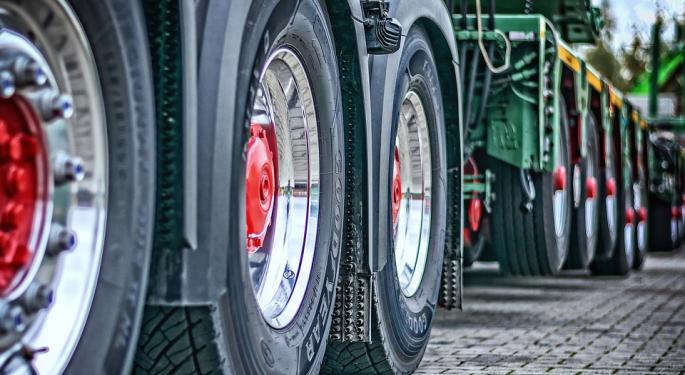Iran Transportation Sector's Energy Consumption Alarming

EghtesadOnline: A Majlis Research Center survey has revealed that total energy produced in Iran annually is equal to energy produced by burning 1.8 billion barrels of crude oil, of which 25% is consumed in the transportation sector.
The key sector primarily runs on gasoline, diesel, compressed natural gas and jet fuel, comprising 50%, 30%, 10% and 10% of the total energy respectively, IRNA reported.
The massive energy consumption for transporting people and goods is rooted in ageing and dilapidated vehicles in addition to poor intra-city and intercity railroads. Officials have been long oblivious to the fact that extending railroads can play a positive role in curbing energy use and cut the prohibitive fuel subsidies.
Hidden (indirect) subsidies paid for energy carriers (gasoline, diesel, CNG and jet fuel) was put at $19 billion in 2018. This is projected to reach $21 billion by the end of 2019, up 10%.
In 2017, daily subsidies paid for gasoline and diesel amounted to $13 million and $38 million respectively.
The research body added that of the total gasoline consumption of 95 million liters per day, 60% is used by private vehicles. Vans, taxis, motorcycles and trucks account for 21%, 8%, 6% and 4% of the total consumption.
According to the report, except in 2007 and 2009, consumption had had an upward trend in the last 40 years.
In 2007 for instance, fuel rationing cut consumption by 10 ml/d. The same reduction was seen again in 2010 when the previous government removed costly food and energy subsidies and instead paid 455,000 rials ($4.1) to every Iranian on a monthly basis.
Gasoline prices changed 15 times since 1974, the last of which was in 2015 when the Rouhani administration decided to sell fuel at a single rate (10,000 rials per liter or 7 cents).
However, gasoline consumption between 2011 and 2017 shot up 50%. The report added that about 77 ml/d of diesel was burnt in 2018 and now it is in the neighborhood of 85 ml/d, -- up 11%.
Aging Clunkers
According to the influential research center, high consumption crisis stems chiefly from the ageing heavy vehicles, which has also contributed terribly to air pollution.
There are 130,000 vehicles in Iran’s truck fleet, most of which were built two decades ago.
Replacing 50% of the depleted trucks will reduce diesel consumption by at least 1 billion liters per year, it claimed. According to the Roads Ministry, Iran needs 15,000 new trucks every year to renovate its aging clunkers.
“An estimated 21 million cubic meters of CNG is used that is equivalent to 20 million liters of gasoline per day,” MRC noted, adding that the small figure shows that infrastructure to expand the use of environmentally-friendly fuel is still underdeveloped.
Considering the 80 million populations, there is one CNG refueling station for every 33,235 people.
“Although international auto-makers namely Italy’s Fiat Automobiles S.p.A., an Italian auto manufacturer, are increasing their market share of CNG hybrid vehicles, production of such cars has stopped in Iran.”
One obvious benefit of CNG is the cost.
Use of CNG (compared to gasoline) facilitates better mileage. A full car fuel tank of gasoline (60 liters) costs some 600,000 rials ($5.5) while a full tank of CNG (6,000cm) comes at 50,000 rials (45 cents).
CNG is also greener and cleaner. Emissions released by burning CNG are lesser than those created by regular fuel. Carbon monoxide emissions are reduced by 70-85% and hydrocarbons by 40-60%.


